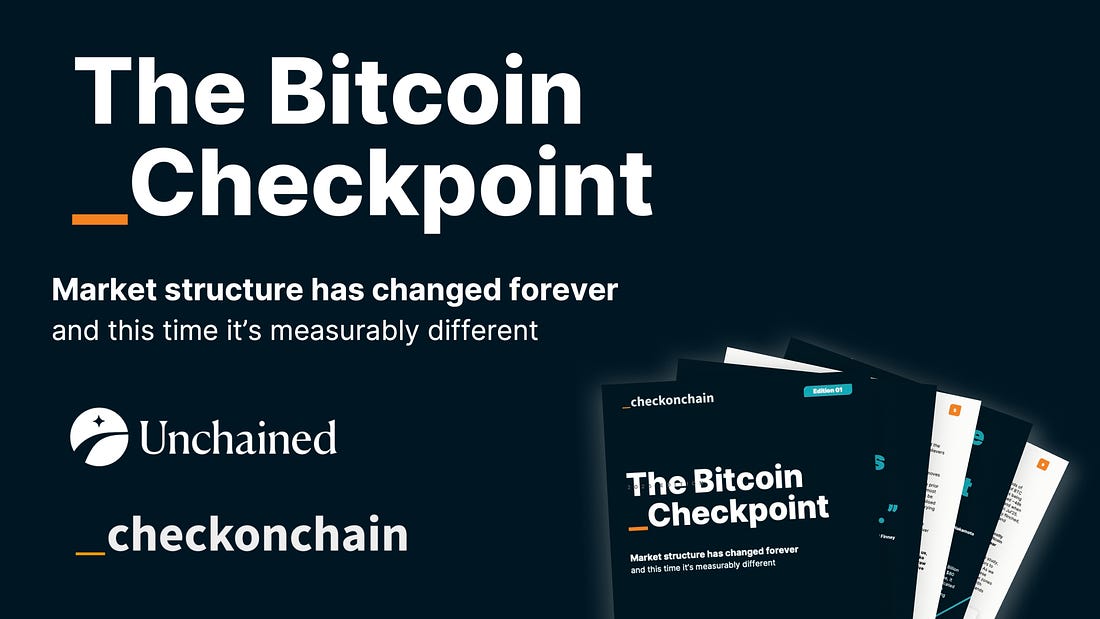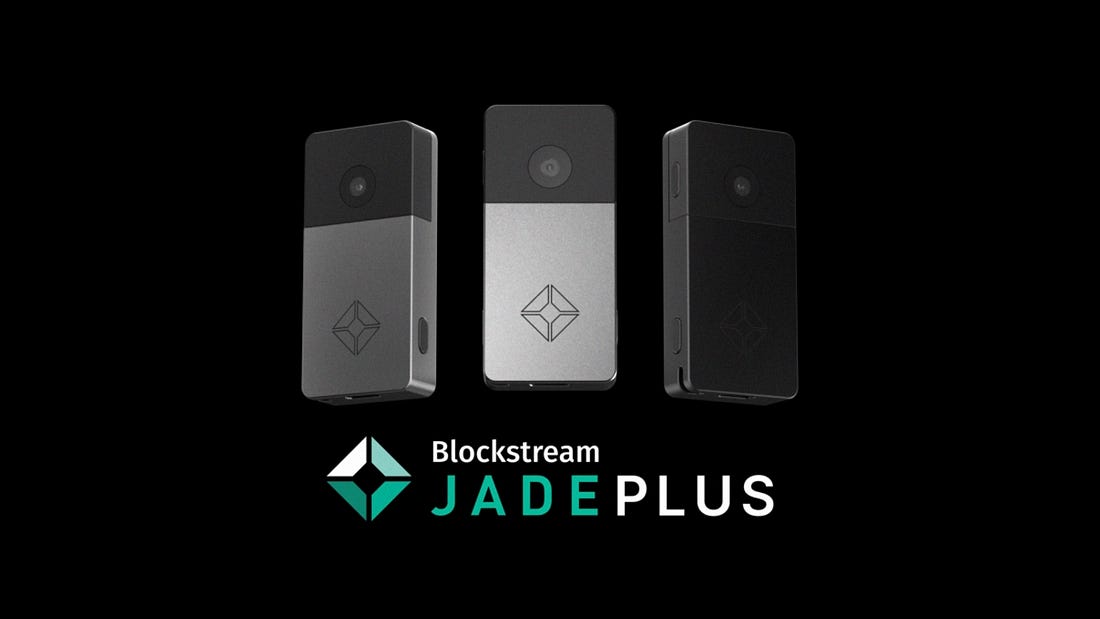Dear Readers, Inspired by last week’s positive feedback on our Ample Reserves Framework primer, this week, we continue our educational content and dive deeper into the implications of a stable Treasury market. As many of you know, one of the main pillars of our TBL Liquidity framework consists of bond volatility. But how does bond volatility actually connect to liquidity, and therefore bitcoin? Let’s start with what many of you bitcoiners already know quite well: a fractional reserve system. You know the story of bitcoin’s market cycles: euphoric blow-offs, brutal crashes. Maybe not anymore. The Bitcoin _Checkpoint takes a deep look at how the 2023–2025 cycle has rewritten market structure—and why these changes could be permanent. Inside you’ll find analysis of record-low volatility, ETF flows absorbing billions monthly, and why long-term holders remain in control with $1.3T in unrealized profit. Plus, download now for automatic access to the event where James Check took a deep dive into the report himself. Blockstream Jade Plus is the easiest, most secure way to protect your Bitcoin—perfect for beginners and pros alike. With a sleek design, simple setup, and step-by-step instructions, you’ll be securing your Bitcoin in minutes. Seamlessly pair with the Blockstream app on mobile or desktop for smooth onboarding. As your stack grows, Jade Plus grows with you—unlock features like the air-gapped JadeLink Storage Device or QR Mode for cable-free transactions using the built-in camera. Want more security? Jade Plus supports multisig wallets with apps like Blockstream, Electrum, Sparrow, and Specter. Protect your Bitcoin, sleep better, stack harder. Use code: TBL for 10% off. Our videos are on major podcast platforms—take us with you on the go! Keep up with The Bitcoin Layer by following our social media! Money multiplier chainAlso known as the deposit-to-reserve ratio, the money multiplier is the bedrock over which today’s ever-expanding credit system stands. Using a simple multiplier of 10 for exemplary purposes, when a bank incurs an increase in reserves of $1000, the entire banking system creates $10,000 in deposits through a chain of events:
So on and so forth, until there is no money left to lend out. At that point, the banking system has increased its money supply by a factor of 10, the money multiplier. Thus, money multiplier = Deposits / Reserves Collateral multiplierConceptually, the collateral multiplier works in a similar way, but through ‘collateral chains’ in the Shadow Banking system, and with Treasuries and Securities Financing Transactions (SFTs)—this is what ties U.S. Treasuries, money markets, bond volatility, and liquidity all together. Before getting into our example, let’s break it all down into its individual components and participants:... Subscribe to The Bitcoin Layer to unlock the rest.Become a paying subscriber of The Bitcoin Layer to get access to this post and other subscriber-only content. A subscription gets you:
|
Friday, October 10, 2025
The Collateral Multiplier: TBL Weekly #160
Subscribe to:
Post Comments (Atom)
Popular Posts
-
Market Jitters or Strategic Buying? Decoding Bitcoin's Price Retracement ͏ ͏ ͏ ͏ ͏ ͏ ͏ ͏ ͏ ...
-
From Panic to Power: Bitcoin's Swift Rebound After the $19B Wipeout ͏ ͏ ͏ ͏ ͏ ͏ ͏ ͏ ͏ ͏ ...
-
Your monthly read on Bitcoin’s cycle, from macro to flows. ͏ ͏ ͏ ͏ ͏ ͏ ͏ ͏ ͏ ͏ ͏ ͏ ...
-
You can still catch the biggest speakers, most important conversations, and market-moving moments ...
-
PLUS: 3 key things to watch this week 👀 ...




No comments:
Post a Comment